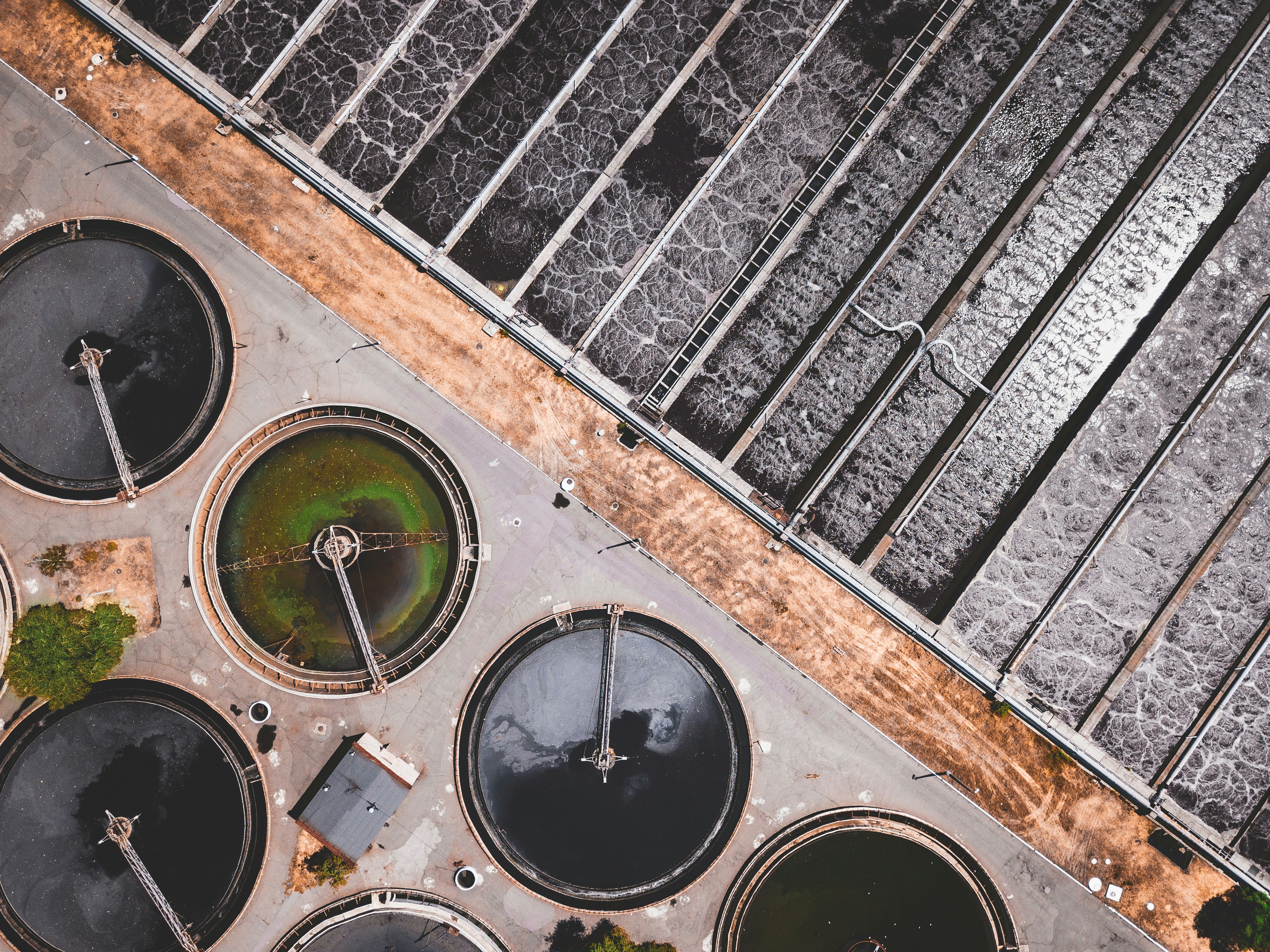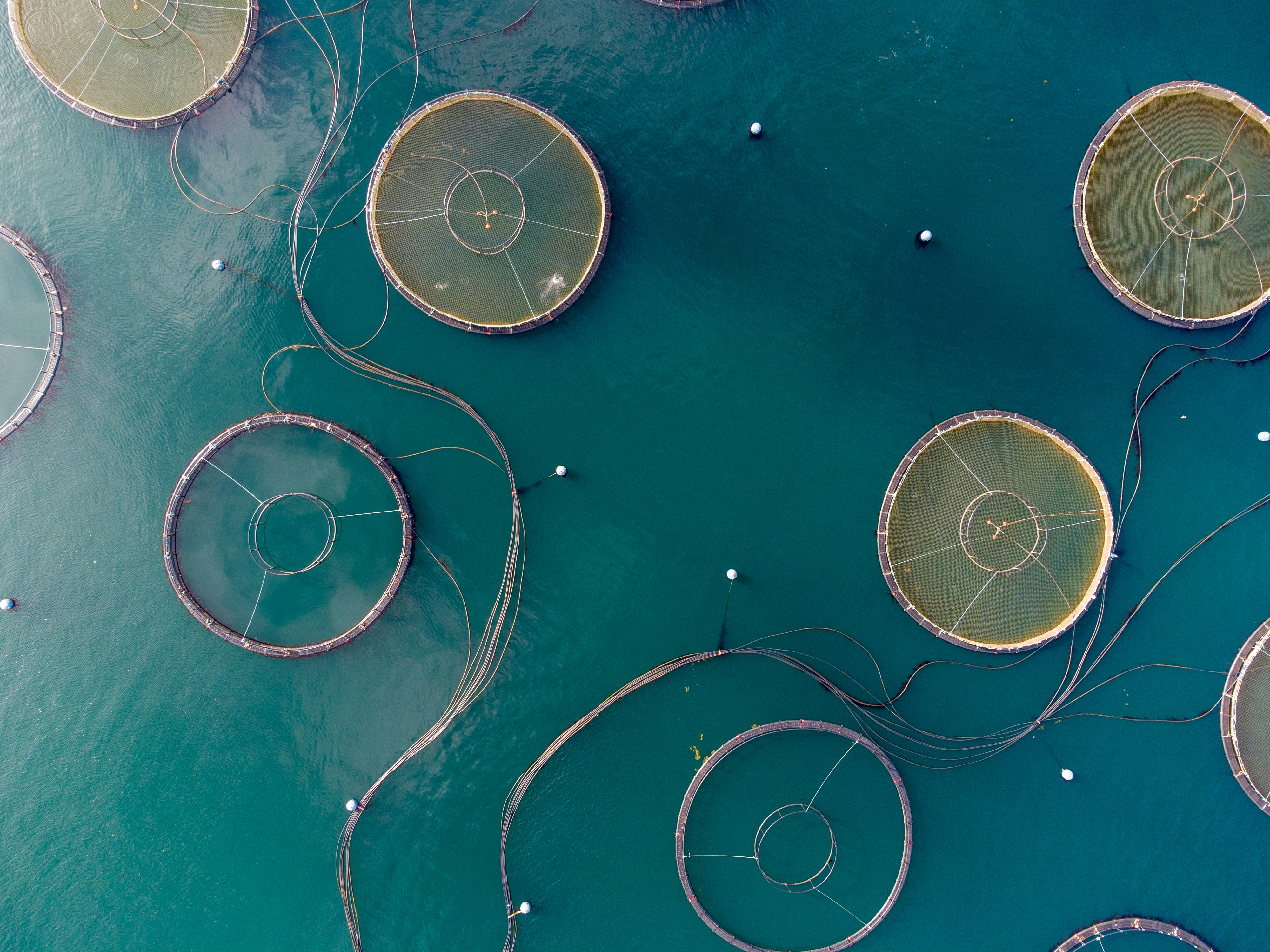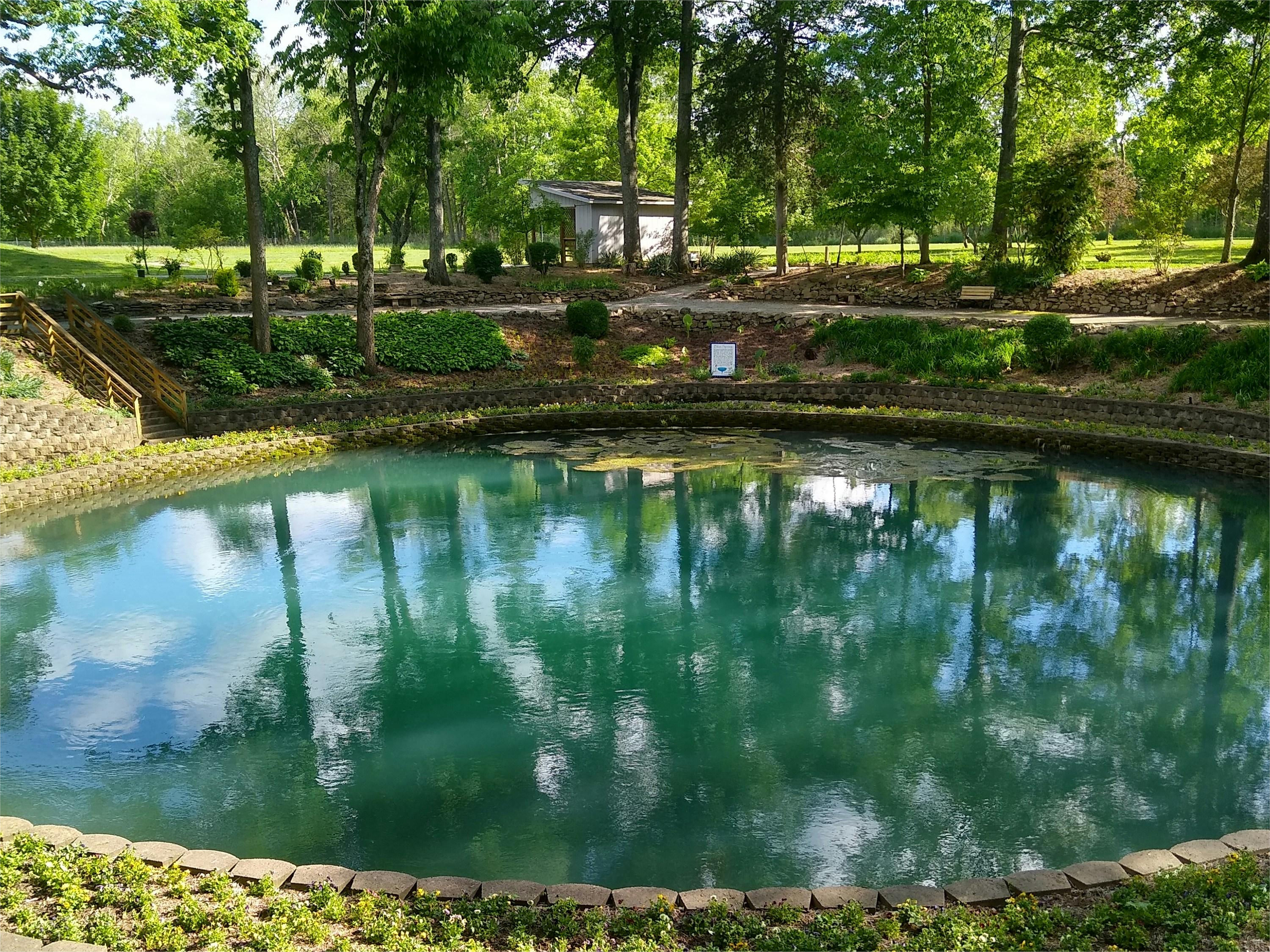BAF@ Water Purification Agent - Advanced Biological Filtration Bacteria for High-Efficiency Wastewater Treatment
BAF@ Water Purification Agent is a next-generation microbial solution formulated for enhanced biological treatment across diverse wastewater systems. Developed with advanced biotechnology, it incorporates a carefully balanced microbial consortium—including sulfur bacteria, nitrifying bacteria, ammonifying bacteria, azotobacter, polyphosphate bacteria, and urea-degrading bacteria. These organisms form a stable and synergistic microbial community that includes aerobic, facultative, and anaerobic species, offering comprehensive pollutant degradation and system resilience.
Product Description
Appearance: Powder
Core Microbial Strains:
Sulfur-oxidizing bacteria
Ammonia-oxidizing and nitrite-oxidizing bacteria
Polyphosphate-accumulating organisms (PAOs)
Azotobacter and urea-degrading strains
Facultative, aerobic, and anaerobic microorganisms
Formulation: Customized production according to user requirements
The advanced co-culturing process ensures microbial synergy—not merely a 1+1 combination, but a dynamic and ordered ecosystem. This microbial community exhibits mutual support mechanisms that enhance performance far beyond individual strain capabilities.
Main Functions & Benefits
Improved Organic Pollutant Removal
Rapidly decomposes organic matter into CO₂ and water
Enhances removal rate of COD and BOD in domestic and industrial wastewater
Effectively prevents secondary pollution and improves water clarity
Nitrogen Cycle Optimization
Converts ammonia and nitrite into harmless nitrogen gas
Reduces odors and inhibits spoilage bacteria
Minimizes emissions of ammonia, hydrogen sulfide, and other foul gases
System Efficiency Enhancement
Shortens sludge domestication and biofilm formation time
Increases oxygen utilization, reduces aeration demand and energy cost
Boosts overall treatment capacity and reduces hydraulic retention time
Flocculation & Decolorization
Enhances floc formation and sedimentation
Reduces dosage of chemical flocculants and bleaching agents
Lowers sludge generation and related disposal costs
Application Fields
BAF@ Water Purification Agent is ideal for a wide range of water treatment systems, including:
Municipal Wastewater Treatment Plants
Aquaculture & Fisheries
Recreational Waters (Swimming Pools, Spa Pools, Aquariums)
Lakes, Artificial Water Bodies, and Landscape Ponds
It is especially beneficial under the following scenarios:
Initial system start-up and microbial inoculation
System recovery after toxic or hydraulic shock
Post-shutdown restart (including seasonal downtime)
Low-temperature reactivation in spring
Decreased system efficiency due to pollutant fluctuations
Optimal Application Conditions
|
Parameter |
Recommended Range |
| pH | Operates between 5.5–9.5 (optimal 6.6–7.4) |
| Temperature | Active between 10–60°C (optimal 20–32°C) |
| Dissolved Oxygen | ≥ 2 mg/L in aeration tanks |
| Salinity Tolerance | Up to 40‰ (suitable for fresh & salt water) |
| Toxicity Resistance | Tolerant to certain chemical inhibitors, like chloride, cyanide, and heavy metals; evaluate compatibility with biocides |
| Trace Elements | Requires K, Fe, Ca, S, Mg—typically present in natural systems |
Recommended Dosage
River or lake solid treatment: 8–10g/m³
Engineering / Municipal wastewater treatment: 50–100g/m³
Note: Dosage may be adjusted based on pollutant load, system condition, and treatment goals.
Important Notice
Product performance may vary depending on influent composition, operational conditions, and system configuration.
If bactericides or disinfectants are present in the treatment area, they may inhibit microbial activity. It is recommended to evaluate and, if necessary, neutralize their impact before applying the bacteria agent.
-
Ammonia Degrading Bacteria for Wastewater Treat...
-
Nitrifying Bacteria Agent for Ammonia & Ni...
-
High-Efficiency Aerobic Bacteria Agent for Wast...
-
Oil Removal Bacteria Agent for Oily Wastewater ...
-
Denitrifying Bacteria Agent for Nitrate Removal...
-
COD Degradation Bacteria for Wastewater Treatme...















